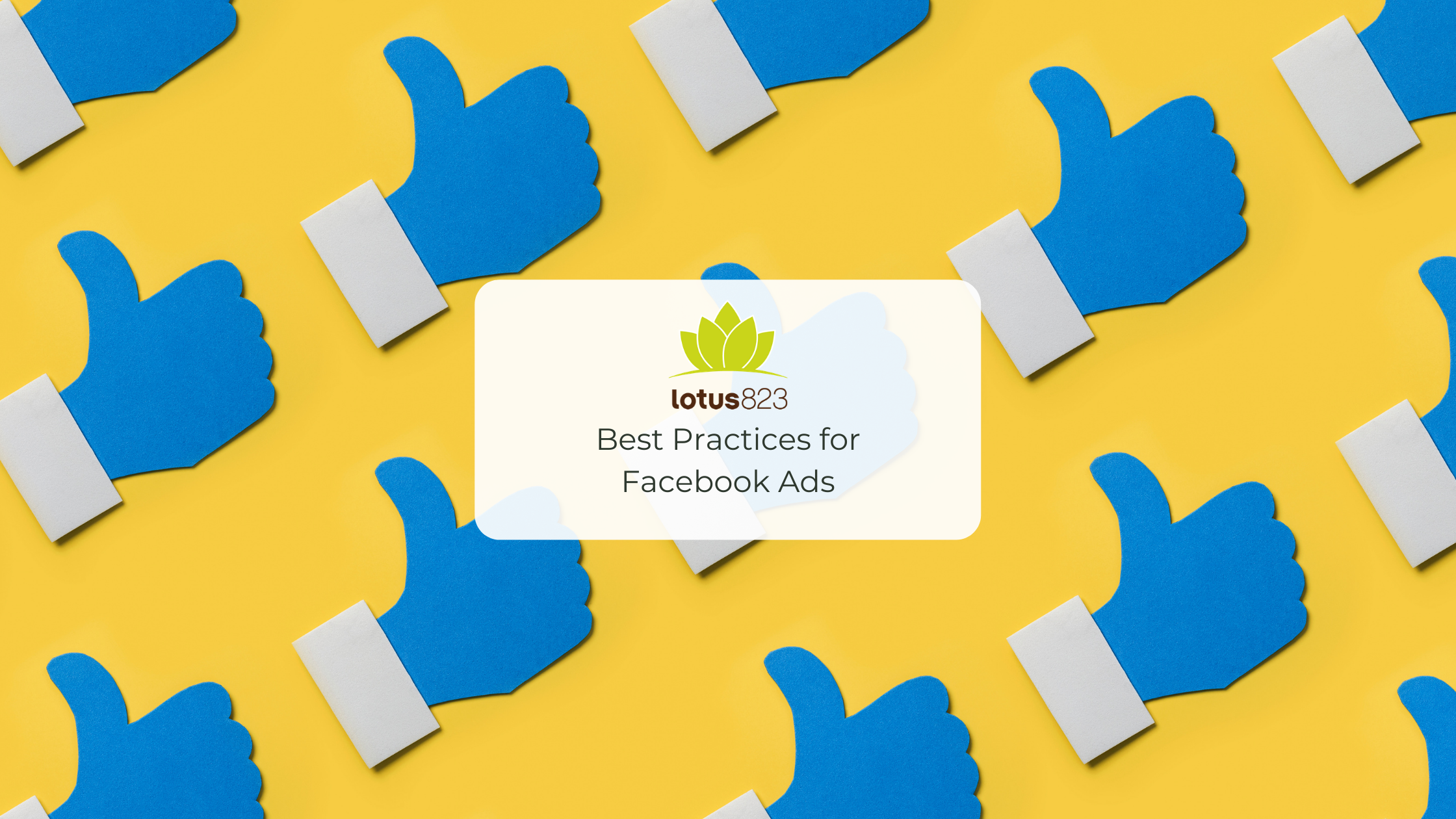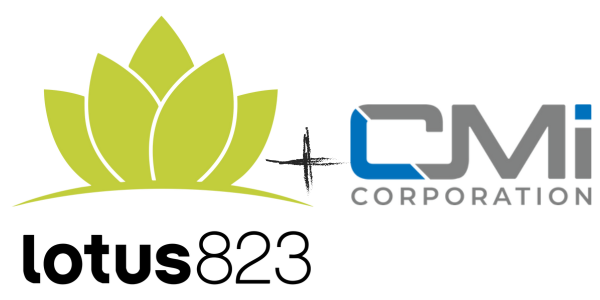 With over 2.7 billion users, Facebook is the largest social media platform in the world, so incorporating a Facebook ad plan into your marketing strategy is a no-brainer. This week, we’ve rounded up some best practices for advertising on the platform to help you get started!
With over 2.7 billion users, Facebook is the largest social media platform in the world, so incorporating a Facebook ad plan into your marketing strategy is a no-brainer. This week, we’ve rounded up some best practices for advertising on the platform to help you get started!
Find Your Target Audience
One of the first steps of any advertising campaign is understanding your target audience. Consider different demographics, like age and location, to ensure you’re targeting the right audience. A simple and easy way to reach your intended target audience is to target the people who have already interacted with your Facebook page. This could mean targeting users who have visited your page or engaged in any of your posts. Another key area to focus on is interest-based targeting. For example, if your brand sells culinary products, it would be ideal to focus on Foodies or At-Home Chefs. Be sure to take the time to understand your specific audience and the best way to reach them.
Test Multiple Campaign Types
If you’re planning to run multiple campaigns, it’s best to test different campaign types. Testing the varying campaign types is important, especially since there are varying goals for each. Let’s dive into each campaign type:
Likes
A Likes campaign involves boosting your page’s total likes by targeting people who may have an interest in your brand or products. It’s encouraging Facebook users to Like your page so they can see more posts from your brand. Increased page likes helps build trust with consumers, which ultimately encourages more conversions and engagements. Since Likes Campaigns don’t include a call-to-action button, but rather the thumbs up, it’s important to use creative ad copy and design to encourage users to like the page. Using copy that tells the user why they should click, like, “Like our page for more details and discounts on your favorite products” tells the consumer how they will benefit from liking the page, encouraging more likes.
Website Clicks
A website-click campaign drives viewers to your brand’s website or specific pages, allowing them to learn more about your brand’s products or services. The goal of a website click campaign is to get users one step closer to purchasing a product from your site or taking an action, like signing up for a newsletter. When creating copy for these campaigns, it’s important to use copy that entices your consumer to learn more about your brands products and services. Copy like, “Learn more about which product is best for your lifestyle” encourages the consumer to visit and browse through your site, resulting in more site visits. By adding a call-to-action, like learn more and shop now, you could boost your click through rate by 2.85%.
Branding
Lastly, a branding campaign involves increasing awareness of your overall brand. These ads are typically broad because they focus on brand awareness, not an individual product or service. Utilize copy like, “Experts for over 50 years” or “The trusted option” to highlight key brand messages to your consumer. Brands, especially up-and-coming brands, should take advantage of the advertising on the platform because Facebook provides the highest return on investment for most major companies.
Test Different Elements
Once you have established the different campaigns you plan to run, it’s time to create the visuals and the copy. A/B Testing, changing one variable in your creative, is an essential part of finding the best strategy for your brand by evaluating the performance results from each ad. For each campaign, create two to three versions that vary slightly. For example, if you’re launching a likes campaign, you can create an image for one ad variation and a video for the other. After a week or so, take the time to review which elements performed better. The same testing can be applied to the copy of the advertisement.
When it comes to creating the copy for your advertisement, there are two key aspects to keep in mind: the headline and post copy. Don’t overthink your Facebook ads, keep them short and sweet. For the post copy, ads with around 14 words tend to perform the best and an ideal headline should be around 5 words. Since you only have a few words to impress your consumer, consider using power words, like “Instantly” or “New,” to quickly catch their attention.
A few other tips to consider when creating imagery for an ad is to limit the number of words on the imagery. According to Facebook for business, images that have less than 20% text tend to perform better. Also, the carousel option is a great opportunity to incorporate multiple images into your campaign.
Track Your Campaign
A successful campaign includes not only tracking the performance of each campaign but also monitoring the campaign’s budget. Facebook allows you to set Daily Budgets, a specific dollar amount to be spent daily, or Lifetime Budgets, the total amount to be spent for an entire campaign. For the most hand-free option, utilize campaign budget optimization, where your budget is spent automatically in the best opportunity for your campaign.
Now that you have a better understanding of the different advertising campaigns and targeting options, it’s time to launch your campaign! Don’t go into it alone. Choose our team of professionals to help you launch and monitor your Facebook campaign.








